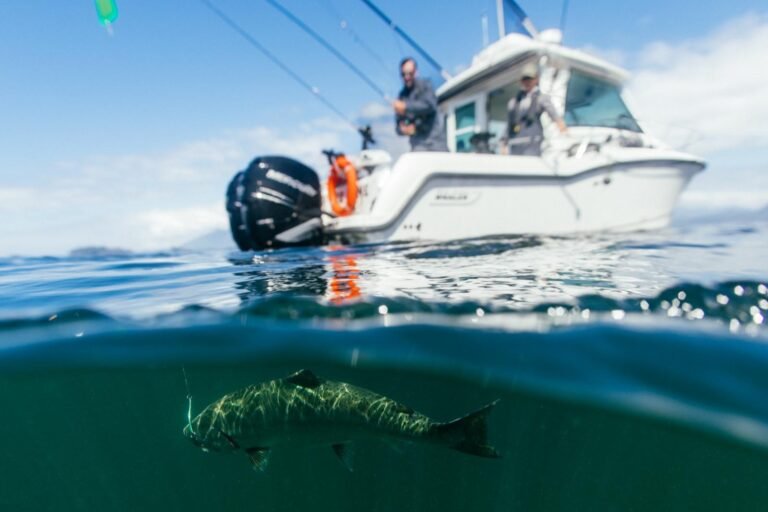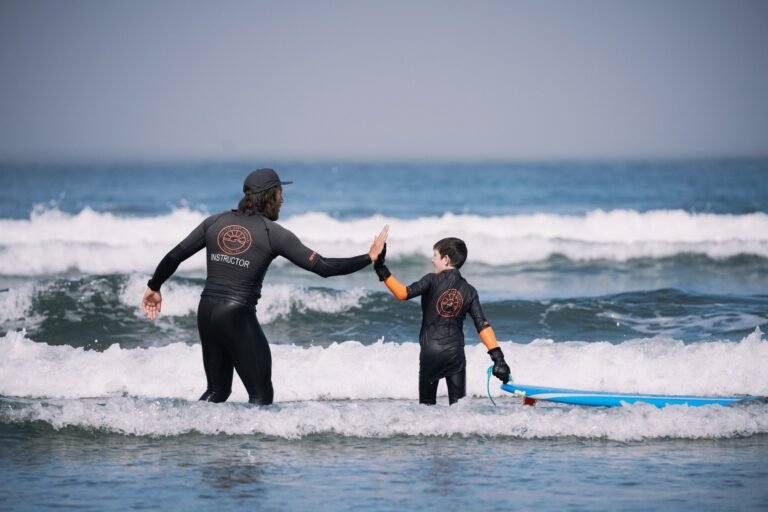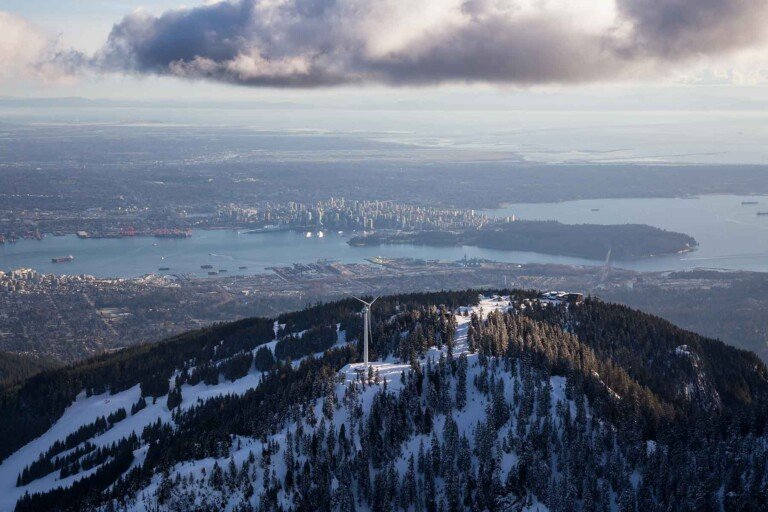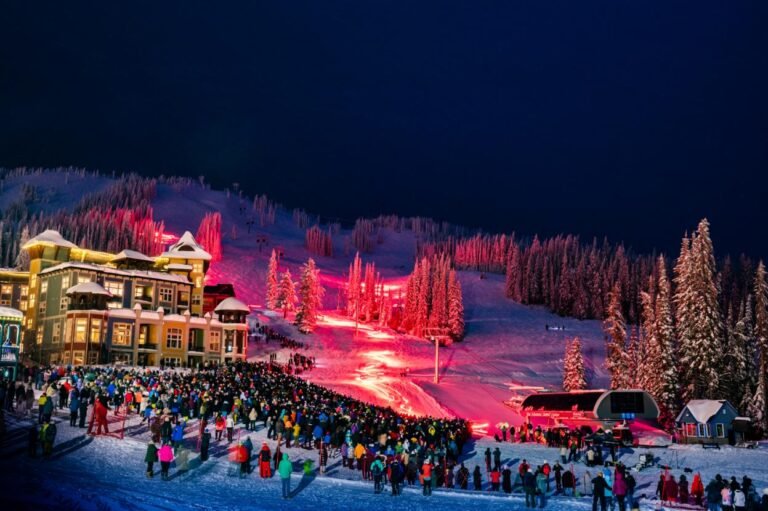Located in northwestern British Columbia, the 232,702-hectare wilderness Mount Edziza Provincial Park is one of the province’s most inaccessible parks, but it’s also one of the most magnificent and intriguing.
Nature, it seems, conspires to keep this region a secret, but for those who are prepared, the Stewart-Cassiar Highway supplies unimaginably rich rewards. This remote park showcases a spectacular volcanic landscape that includes lava flows, basalt plateaus, cinder fields and cinder cones. At an elevation of 2,787 metres, Mount Edziza is an outstanding feature of this rugged and arresting domain.
Mount Edziza is a composite volcano consisting of thin basalt flows and a central dome of andesite, dacite and rhyolite, with a glaciated crater nearly 2,500 metres in diameter. The eruption that built the mountain and its central cone began four million years ago.
Successive lava flows raised the dome above the encircling plateau and spread lava over an area 65 kilometres by 25 kilometres. The last basalt flow occurred only 10,000 years ago, at which time it solidified in place and plugged the central vent.
In the years since Mount Edziza became dormant, numerous small eruptions have taken place around it, creating more than 30 cinder cones. Perfectly symmetrical Eve Cone rises 150 metres above the plateau, as do aptly named Coffee and Cocoa craters. It is estimated that these cones were formed no more than 1,300 years ago and are basically unaltered by erosion and devoid of vegetation.
There are five significant lakes within the park. Mowdade, Mowchilla, Kakiddi and Nuttlude form a chain along the eastern boundary, while Buckley Lake is on the northern border. All the lakes except Mowdade drain north into the Klastine River, a tributary of the Stikine River.
To the south, Raspberry Pass separates the Edziza area from the Spectrum Range. Formed from lava flows, these mountains are named for their brilliant red, yellow, white and purple rock. This altered rhyolite resulted from staining by sulphurous mineral waters. Subsequent erosion has resulted in the combination of many hues, giving the landscape the appearance of a vast water colour.
The most common modes of transportation into Mount Edziza Provincial Park are horseback, floatplane or helicopter, but you can also hike in, as several overland routes can be used to gain access to the park. Individuals or groups wishing to use horses within the park require a Letter of Permission from the BC Parks Stikine Area Office. Only permitted air charter companies are authorized to fly into Mount Edziza Provincial Park
Mowdade Lake Trail leads 15 miles (24 km) from the trailhead at Kinaskan Lake Provincial Park to Mount Edziza Provincial Park, but you’ll need a boat to get across the Iskut River at the trailhead. This trail is not regularly maintained and is quite overgrown in sections. It is quite wet in spots, and travel times are longer than normal. The trail is in heavy timber with few viewing opportunities. About halfway to Mowdade the trail skirts the northern boundary of the old Willow Creek burn.
The Klastine River Trail begins at the A-E Guest Ranch farther north at Iskut and follows the Klastine River to Buckley Lake. The Klastine River bridge along the Klastine River Trail is impassable, so hikers must use an alternate route until the bridge is repaired.
The Buckley Lake Trail leads into the park from Telegraph Creek, or rather, the south banks of the Stikine River, across from Telegraph Creek. Hikers must arrange a boat ride across the Stikine River to get to the start of the trail. The trail works its way upward in a northeasterly direction, roughly paralleling Mess Creek. As you near the summit of the first pass, at Three Mile Lake, you break out into the open and view Mess Canyon to the west. The trail drops back into the timber, continuing for approximately 10 kms to the junction with the old Telegraph Creek Trail that heads to the south. This junction is not well marked so you have to look for it so as not to miss it. Shortly after this junction you will come to Matheson Creek, a good campsite with fresh water. Water is scarce on this trail, so fill up your water bottles when you have a chance. From Matheson Creek the trail heads off in a northeasterly direction towards Stinking Lake and continuing to the west end of Buckley Lake. Once you reach Buckley Lake the trail dries out and Mount Edziza is in view.
A trail runs from Mowdade Lake west to Coffee Crater, and then north, where it hooks up with the Buckley Lake Trail, though trail is perhaps too strong a word. Route would be more accurate, as these are unmarked, uncleared, undeveloped . . . well, routes. From Mowdade Lake to Buckley Lake is approximately 37 miles (60 km). Expect to take six to seven days to backpack in. Weather is unpredictable.
Summer is short at Mount Edziza Provincial Park, where snow lingers year-round on Mount Edziza itself. Although temperatures may hit the 30 degree Celsius range in mid summer during the day, it can drop below freezing that same night. Snow and freezing rain are possible any day of the year. Generally, weather suitable for backpacking occurs between July 1 and September 15. Be prepared for adverse weather conditions that can include whiteouts and high winds, and be sure to build a weather factor into your trip plans.
Only experienced backcountry travellers should attempt these routes without an experienced guide. Because Mount Edziza is an undeveloped wilderness area with no facilities, visitors should be self-sufficient and properly equipped. Hiking or taking shortcuts through the lava fields is not recommended, as it is very difficult and potentially unsafe.
Camping: Wilderness camping is permitted. There are a few basic facilities such as fire rings and “open-air”, backcountry-style toilets located at the Buckley Lake and Mowdade Lake campsites. Bear-proof containers are recommended for the safe storage of food above the tree line on the plateau area. There are bear-proof metal caches available for public use at Mowdade and Buckley Lakes.
Fishing: The fishing is good at the many lakes in Mount Edziza Provincial Park. Both Buckley Lake and the Kakiddi Lakes chain are well populated with rainbow trout. Special restrictions apply to fishing in Buckley Lake.
Wildlife: Moose are probably the most common large animals in the area. Small herds of Osborn caribou may be seen in the alpine and sub-alpine vegetation zones on the west side of the plateau between Mount Edziza and the western escarpment. Mountain goats and Stone sheep can often be viewed on the south, east and west slopes of Mount Edziza, particularly on the western escarpment and in the Spectrum Range. Visitors may encounter black and grizzly bears. Grizzlies are occasionally seen above timberline where arctic ground squirrels are abundant. Wolves are sometimes seen or heard. Buckley Lake supports a large waterfowl and shorebird population, which are but a portion of the wide variety of bird species that can be seen in the park. The more conspicuous birds in Mount Edziza include the raven, owl, gyrfalcon, ptarmigan (willow and rock), grouse and migratory songbirds. Typical waterfowl species include goldeneye, grebe, white winged scooter and scaup.
Buckley Lake supports a large waterfowl and shorebird population, which are but a portion of the wide variety of bird species that can be seen in the park. The more conspicuous birds in Mount Edziza include the raven, owl, gyrfalcon, ptarmigan (willow and rock), grouse and migratory songbirds. Typical waterfowl species include goldeneye, grebe, white winged scooter and scaup.
Accommodation, meals, supplies and other services are available in or near Telegraph Creek, Dease Lake, and Iskut. A 50-unit campground is located in Kinaskan Lake Provincial Park, at the south end of the lake, and adjacent to Highway 37.
Mount Edziza Provincial Park is located west of Iskut on the Stewart-Cassiar Highway 37. Mount Edziza is a truly remote park, with no vehicle access. Telegraph Creek to the northwest is the nearest community, and the only road connection to Telegraph Creek is via secondary road from Dease Lake, 71 miles (113 km) to the northeast on Highway 37.
Access to Mount Edziza Provincial Park is via several overland hiking routes, or through one of the float plane or helicopter companies that service the area.
Nearby Regions & Towns
Park Notices





